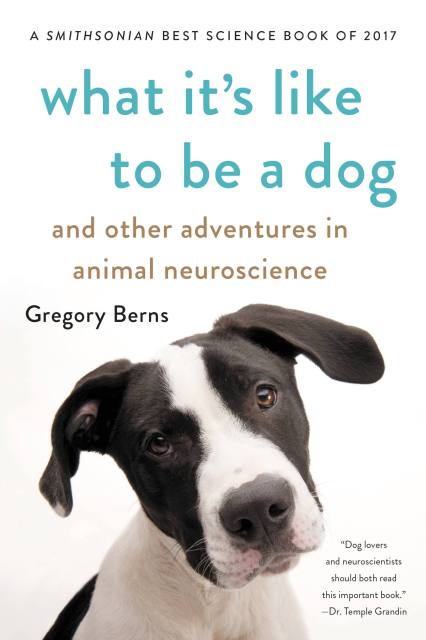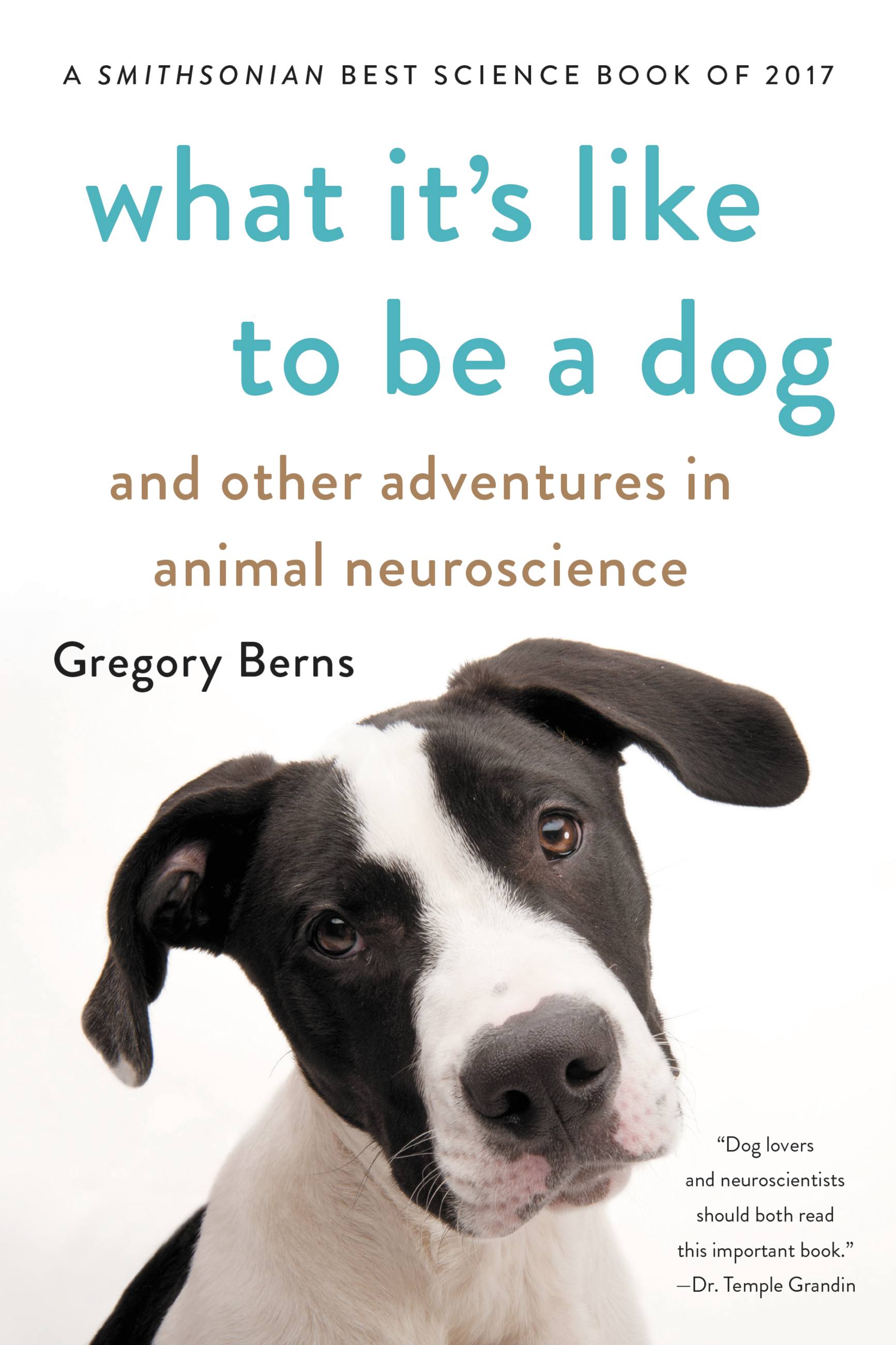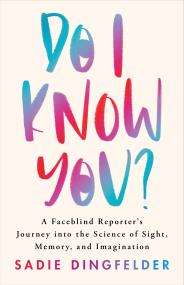By clicking “Accept,” you agree to the use of cookies and similar technologies on your device as set forth in our Cookie Policy and our Privacy Policy. Please note that certain cookies are essential for this website to function properly and do not require user consent to be deployed.
What It's Like to Be a Dog
And Other Adventures in Animal Neuroscience
Contributors
Formats and Prices
Price
$12.99Price
$16.99 CADFormat
Format:
- ebook $12.99 $16.99 CAD
- Hardcover $28.00 $36.50 CAD
- Trade Paperback $19.99 $25.99 CAD
This item is a preorder. Your payment method will be charged immediately, and the product is expected to ship on or around September 5, 2017. This date is subject to change due to shipping delays beyond our control.
Also available from:
What is it like to be a dog? A bat? Or a dolphin? To find out, neuroscientist and bestselling author Gregory Berns and his team did something nobody had ever attempted: they trained dogs to go into an MRI scanner — completely awake — so they could figure out what they think and feel. And dogs were just the beginning. In What It’s Like to Be a Dog, Berns takes us into the minds of wild animals: sea lions who can learn to dance, dolphins who can see with sound, and even the now extinct Tasmanian tiger. Berns’s latest scientific breakthroughs prove definitively that animals have feelings very much like we do — a revelation that forces us to reconsider how we think about and treat animals. Written with insight, empathy, and humor, What It’s Like to Be a Dog is the new manifesto for animal liberation of the twenty-first century.
- On Sale
- Sep 5, 2017
- Page Count
- 320 pages
- Publisher
- Basic Books
- ISBN-13
- 9780465096251
Newsletter Signup
By clicking ‘Sign Up,’ I acknowledge that I have read and agree to Hachette Book Group’s Privacy Policy and Terms of Use







